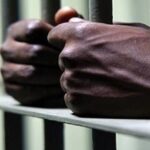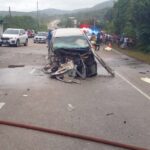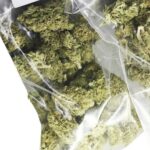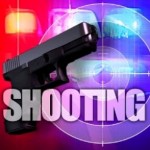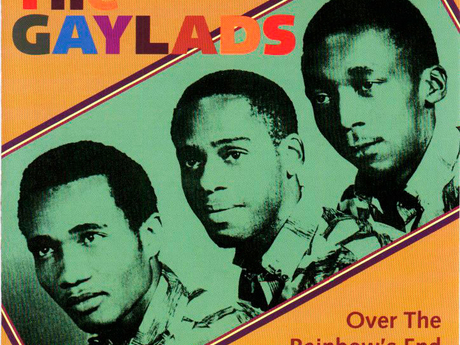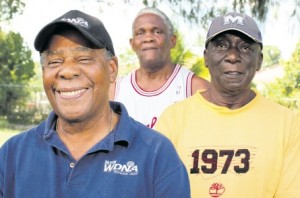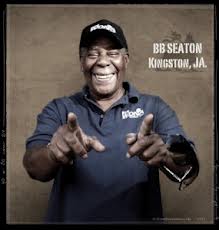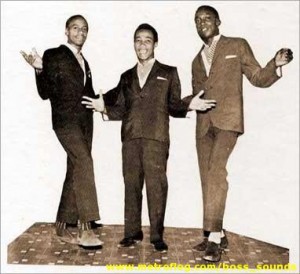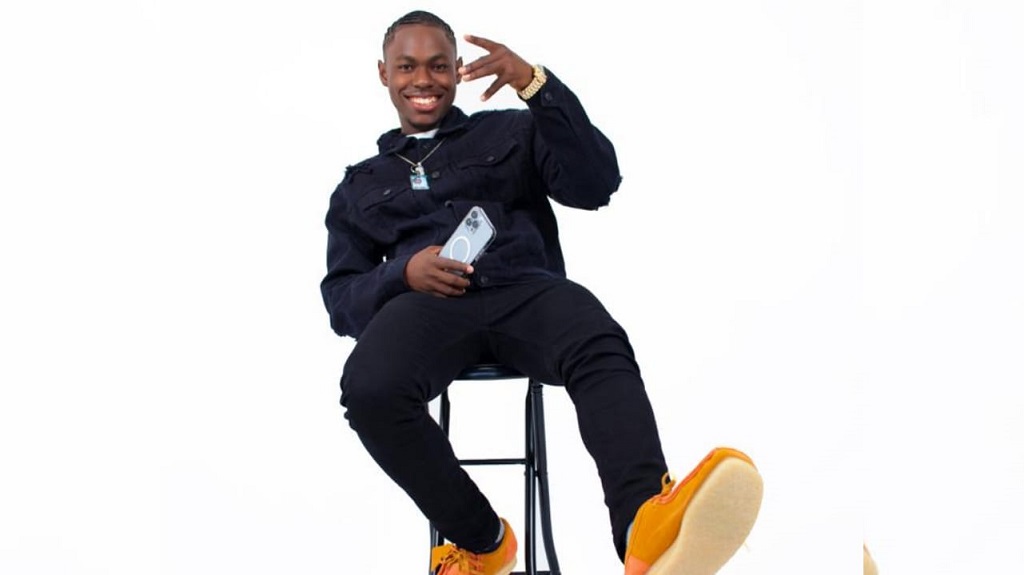The dust has seemingly settled, following last week’s blazing article about heated controversies within the Heptones singing group of the 1960s. Now we can be reminded of the significant contributions made to Jamaican music by other similar vocal groups of the period.
Groups dominated early Jamaican popular music, with many of the early stars going that route before branching out on their own as solo artistes. Most of the biggest hits of the 1960s came from groups. Some operated as duos, but the most successful were the three-part harmony types like those we mentioned, The Maytals, The Wailers, The Melodians, The Techniques, The Heptones, The Pioneers, The Cables, and so on.
The Gaylads belonged to that elite fraternity and, I believe, were the equals of others who were more celebrated. Perhaps, at any other time – or in any other place – they would have been superstars, but competition between groups at the time was so intense, that they are seldom remembered.
Starting out at a time when ‘gay’ could easily be used as a prefix to ‘lads’ without creating a sexual backlash, the group crafted several number-one hits, employing a type of high-pitched harmony singing that was uniquely their own.
It was sometime in 1963 that Winston Delano Stewart, a former member of Boris Gardiner’s Rhythm Aces, and Harris ‘Bibi’ Seaton, a prospective singer and songwriter, joined together and enjoyed some measure of success with a few Coxson Dodd-produced recordings. They then added a third member, Maurice Roberts, and began operating as The Gaylads.
All Kingstonians, Stewart was born in 1947, Seaton in 1944 and Roberts in 1945.
The exact circumstances surrounding the naming of the group are somewhat obscure. However, in an interview with Roberts, he told me: “It was Mr Dodd’s choice because in those days, it meant happiness, joyfulness and fun, and not what people take it to mean today.” Expanding on the topic, Roberts said that ‘Gaylads’, became such a major source of concern in later years, that they were forced to change to ‘Psalms’.
Following their initial inroads at Clement Dodd’s Studio One, the group returned in full force with their first hit recording, the ska-tempoed Lady with the Red Dress in 1966. Roberts, when asked about the motive behind such an unusual title, said “Red dresses were very popular at the time, and I guess that’s how the name came about”.
One particular lady was complimented in the lines:
“Believe me you really look fine
Lady you shake that thing alright
Believe me, you jerking alright
Oh lady with the red dress on”.
Apart from its erotic lyrics, the recording was an epoch-making one, heralding the advent of bands at Studio One. One of the least-known things about Studio One was Clement Dodd’s propensity for recording not only singers, but singers who brought along their own bands.
The Sharks, led by noted Jamaican guitarist Dwight Pinkney, was one of the first of such ensembles to arrive at Studio One. They did expert instrumental backings on Lady With the Red Dress, Ken Boothe’s first hit at Studio One, You’re No Good, and The Wailers’ Put It On. At Studio One, the Sharks also wrote and performed the original cut of How Could I Live, later covered by the late Crown Prince of Reggae Dennis Brown.
With Seaton doing most of the writing, The Gaylads followed up with transitional ska pieces, Stop Making Love, You Should Never Do That, Don’t Say No, and others. They also provided backing vocals on recordings done by other Studio One artists, including Ken Boothe, for whom Seaton wrote the classic, The Girl I Left Behind in 1967.
The group’s debut album for Studio 1 in that same year, Soul Beat, showcased the enduring cuts, Love Me with All Your Heart and Red Rose. However, their follow-up, Sunshine Is Golden, signalled the end of the road with Studio One.
Retaining the same three members, in 1968 The Gaylads signed up with the only female producer in the business, Sonia Pottinger. Immediately, they landed the rocksteady gem, It’s Hard to Confess. With Lyn Taitt and the Jets band in attendance and maintaining their high standard, The Gaylads continued with the nonsensical-lyric song, ABC Rocksteady (from Mother Goose Tales), and perhaps their best recording, Over the Rainbow’s End. All were number one hits.
Their next major stop was at producer Leslie Kong’s North and Orange streets premises in 1969. They immediately set that location ‘on fire’ with another number one single, There’s a Fire. But the piece there that really got the nation rocking was the1971 number one hit, My Jamaican Girl. It is perhaps the most profound song of praise to Jamaican womanhood:
I’ve travelled all over the world
Made love to many, many girls
Of all the girls that I like best
You’re the one girl that I cant forget.
By this time, Stewart had just recently exited via the migration route, and in August of that year, Kong suffered a fatal heart attack, dealing two severe blows to the group’s progress. The devastated Gaylads, however, showed resilience and did their next smash, Can’t Hide the Feeling for producer Rupie Edwards.
Some two years elapsed and another blow landed when Seaton went on a solo career, also via the migration route.
After going the full gamut of ska, rocksteady and reggae, one of few groups to have done so, it was now left to bass singer Maurice Roberts, who is also a competent string bass player, to carry on The Gaylads’ name. This he did by including brothers Randall and Hopeton Thaxter. However, after releasing one album, Roberts rechristened the group, ‘Psalms’, allegedly through pressure from anti-gay activists.
They became a regular fixture of Bunny Wailer’s band as back-up singers.
Speaking with Roberts from his Vineyard Town residence, he said there is constant dialogue between Seaton and himself to resurrect the group under its original name, mainly for touring purposes, while replacing the ill Stewart.
